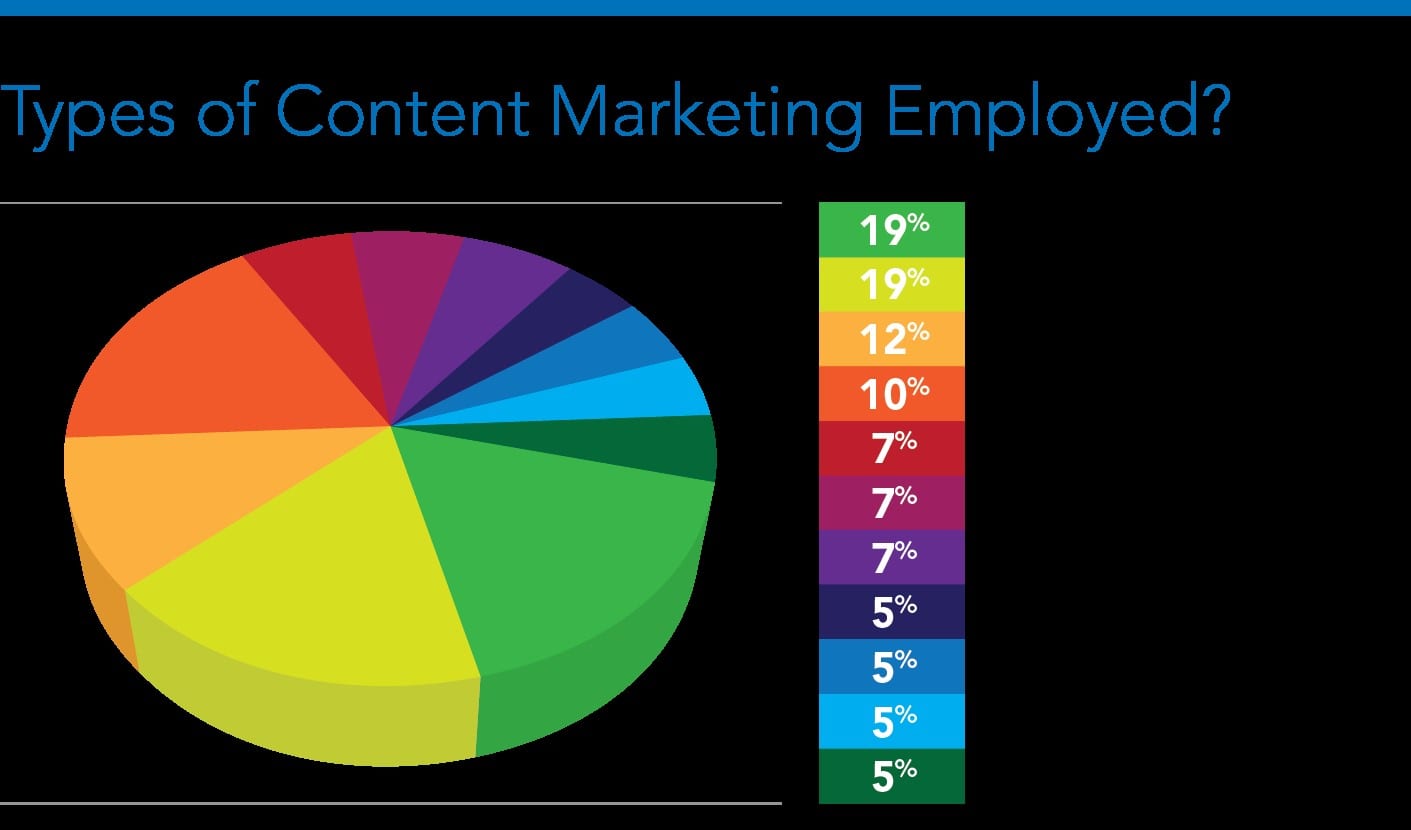Modern Marketing Strategy

The Essentials of Modern Marketing
There is no specific definition for modern marketing. It is basically a mixture of different elements of the most popular forms of marketing, such as digital marketing, affiliate marketing, search engine marketing, and various other aspects of marketing strategies. So, it would be appropriate to define modern marketing as:
“Modern marketing is an amalgamation of modern marketing strategies to identify, anticipate, and satisfy consumer needs in return for substantial, long lasting revenue.”
The following diagram shows the modern marketing mix that defines the core of modern marketing.

- Identify: The first step of marketing or modern marketing is to identify the target market. Gone are the days when you could just advertise to masses without targeting your niche. The concept of niche has narrowed marketers’ efforts to specifically on those people who actually are potential customers, or in other words, are ready to pay for the product. This step helps marketers identify the potential customers and their needs.
This step involves thorough customer research. The most common way to gather customer data is through online and traditional paper surveys that ask specific questions. The answers to these questions allow marketers to understand if their product will have a success in their target market. - Anticipate: The second step of the process is where marketers anticipate the changing market trends to understand their potential customers changing needs. It is important to mention here that without a constant customer, competitive and market analysis, it is impossible to measure customer requirements. Regular analysis also helps you keep track and take action accordingly. Surveys are a great way to reanalyze your customer’s needs, but for market trends, you will have to use specific metrics that will offer a complete picture.
- Satisfy: This is the part where you get paid for all your efforts. This step essentially includes a sales funnel that promotes your products to get your potential customers to become paying customers. This is also the trickiest part because there is no guarantee that your potential customers will always turn into paying customers. This is why the second step, anticipate, is so important. You need to stay abreast of all the trends that could impact your customer’s buying decision.
- Retain: Retention comes after satisfaction. If you have satisfied customers, you will have returning customers. Here, the second step is crucial as well. Constant analysis keeps you updated about your customers’ buying habits that ultimately helps you design product and promote it accordingly that leads to satisfaction and then retention.
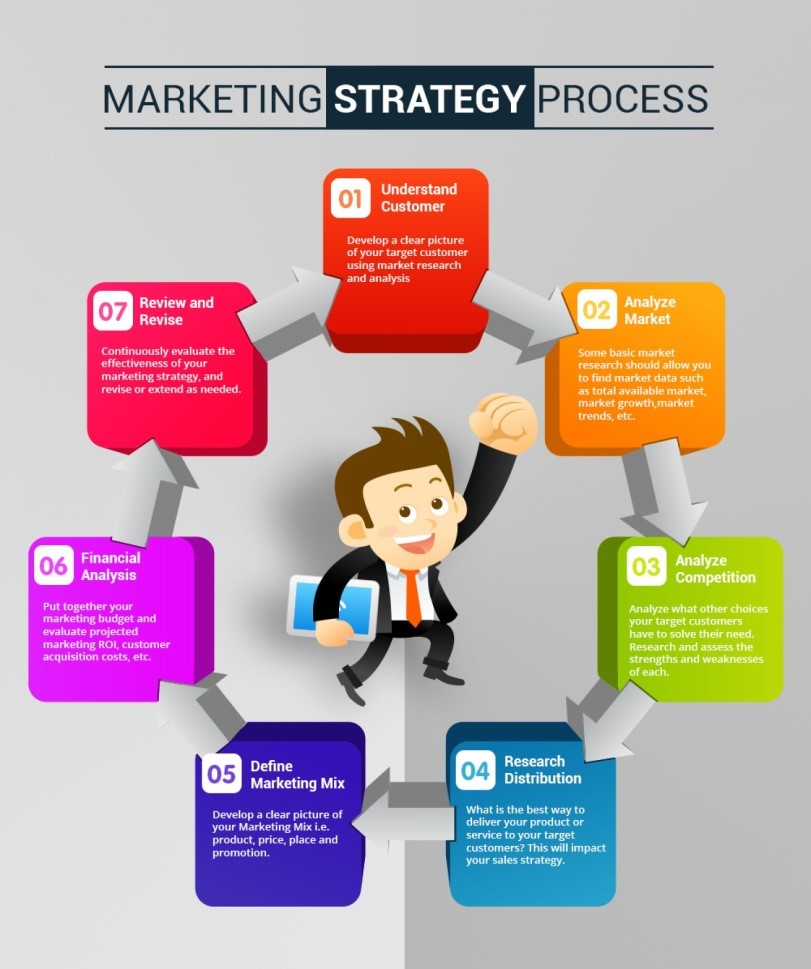
Most Common Modern Marketing Strategies
We hope now you have a clear understanding of what modern marketing entails. Now let’s get to some of the most common modern marketing strategies that not only help you analyze your business, but can also help you design marketing strategies for substantial business growth.
Social media marketing
Social media marketing is one of the most popular components of digital marketing. It essentially entails a big chunk of marketing budget and position in a company’s corporate marketing strategy. Social media includes marketing tactics and strategies that are utilized across various social media channels, such as Facebook, Instagram, Twitter and Pinterest, to name a few.
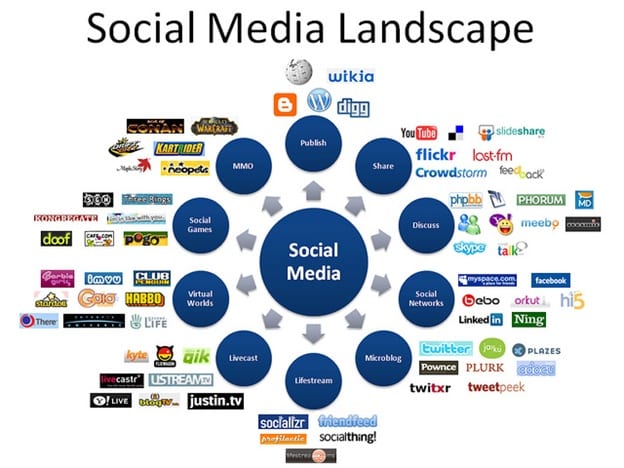
The following image shows social media strategy for enhanced customer engagement. It is important to note here that customer engagement is the key to customer loyalty and retention. Therefore, strong social media strategy essentially helps you build lasting relations with your customers.

Affiliate Marketing
Affiliate marketing is usually frowned upon as it follows an unconventional method to garner sales. By definition, affiliate marketing is a marketing strategy where a company rewards its affiliates for promoting and bringing visitors or potential customers. The reason affiliate marketing is considered a modern marketing strategy is because it s widely utilized.
This form of marketing has been there for the last two decades and it is very likely that it will survive the coming years. Why, you may ask? Because affiliate marketing is the only strategic marketing practices that has the tendency to produce substantial results. Many big corporations utilize affiliate marketing to keep the sales funnel running. The following image shows the process of affiliate marketing.
Social media marketing
Social media marketing is one of the most popular components of digital marketing. It essentially entails a big chunk of marketing budget and position in a company’s corporate marketing strategy. Social media includes marketing tactics and strategies that are utilized across various social media channels, such as Facebook, Instagram, Twitter and Pinterest, to name a few.
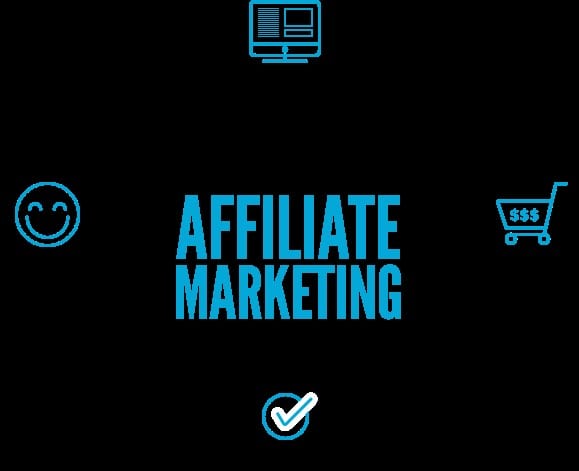
The process is extremely simple. The affiliate marketing program is basically “you scratch my back, I scratch your back” kind of thing. You place your ad on one of you affiliates highly visited websites, customers reach the website, see your ad and convert. You make a sale and your affiliate gets commission.
Email Marketing
Email marketing is another modern marketing strategy that helps you reach out to those customers who are already interested in your brand. It is important to mention here that email marketing does not distribute unsolicited emails. Consider the following image to understand how email marketing works.
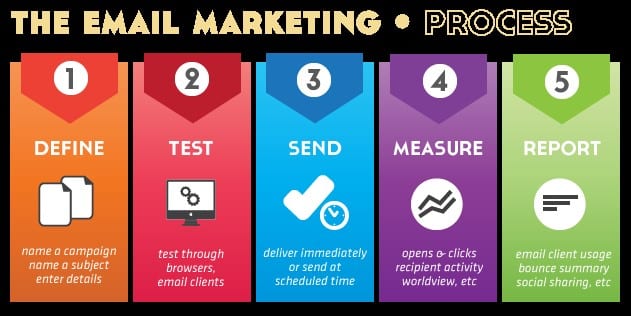
Email marketing is focused around the group of individuals who have already shown interest in your product. Here is another diagram to help you understand even better:
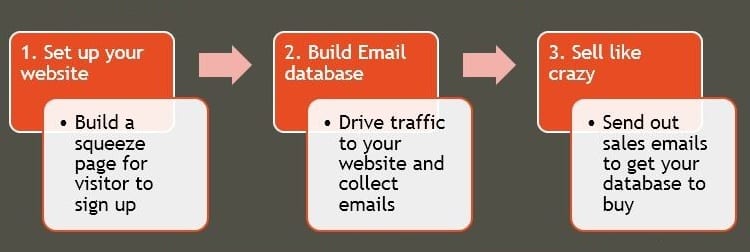
Content Marketing
Content marketing is a crucial component of modern marketing and holds a special place in online marketing as well. In fact, it would not be wrong to say that it essentially makes or breaks businesses. Research shows that all major corporations around the world rely on quality content marketing to bring them the extensive leads that ultimately translate to consistent revenue.
“Content marketing is a strategic approach towards creating valuable and relevant content for distribution and promotion of a company’s products and services in order to generate leads and retain customers for substantial profit.”
Content marketing is a tested tool for marketers who are looking to get to their target audience without going through tiresome channels of promotion. The following image shows the statistics of content marketing that prove its significance for businesses today.
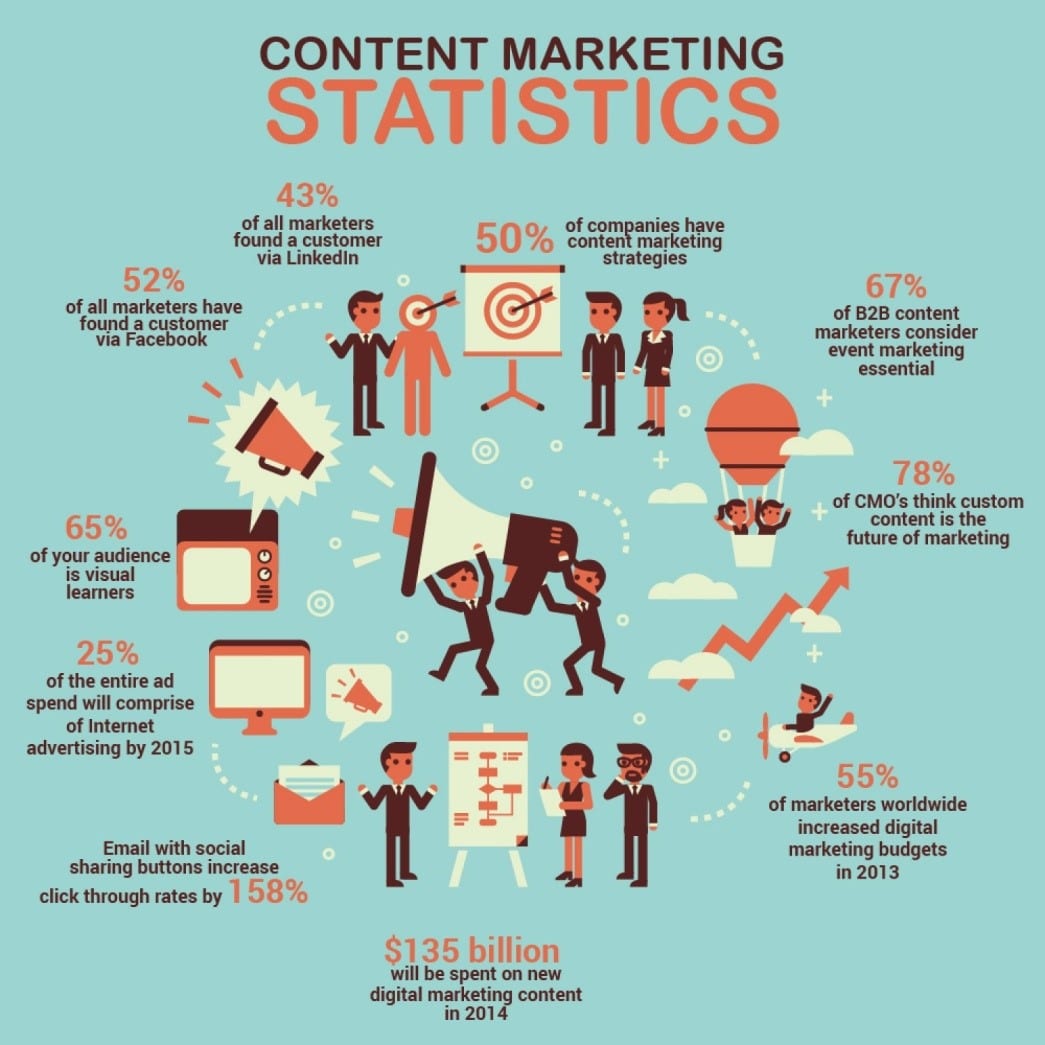
Content Marketing Strategy
Content marketing strategy is designed after a clear analysis of a company’s goals and objectives. There are many ways to approach content marketing, but before laying out the plan, it is crucial to understand the key factors that will define your content marketing strategy. So, before you go ahead, define your:
- Keyword strategy
- Content type strategy
- Content distribution channels
The following image gives a step-by step process for content strategy.

Content strategy can be aligned around various types of content. The following image shows the diversity of content types that you can utilize in your content marketing strategy.
